山東清越科技有限公司
Shandong clear energy technology Co. Ltd.
國內(nèi)設(shè)備
設(shè)備,擁有多項
全國服務(wù)熱線:
0531-55555478
CLEAR ENERGY
聯(lián)系我們
了解更多詳細信息,請致電
電話:0531-55555478
傳真:0531-88894779
郵箱:sdqyjnkj@163.com
Q Q: 506615608
或給我們留言
在線留言干燥設(shè)備的工作原理介紹!
來源:http://lascrucesbarbershop.com/ 日期:2021-09-09 瀏覽量:0
TAG:山東制氮機,山東干燥機,山東螺桿鼓風機,山東空壓機,山東自動排水器
干燥過程需要消耗大量熱能,為了節(jié)省能量,某些濕含量高的物料、含有固體物質(zhì)的懸浮液或溶液一般先經(jīng)機械脫水或加熱蒸發(fā),再在干燥器內(nèi)干燥,以干的固體。
The drying process needs to consume a lot of heat energy. In order to save energy, some materials with high moisture content, suspensions or solutions containing solid substances are generally dehydrated mechanically or heated and evaporated first, and then dried in the dryer to dry solid.
在干燥過程中需要同時完成熱量和質(zhì)量(濕分)的傳遞,物料表面濕分蒸汽分壓(濃度)高于外部空間中的濕分蒸汽分壓,熱源溫度高于物料溫度。
In the drying process, heat and mass (moisture) transfer need to be completed at the same time. The moisture vapor partial pressure (concentration) on the material surface is higher than that in the external space, and the heat source temperature is higher than the material temperature.
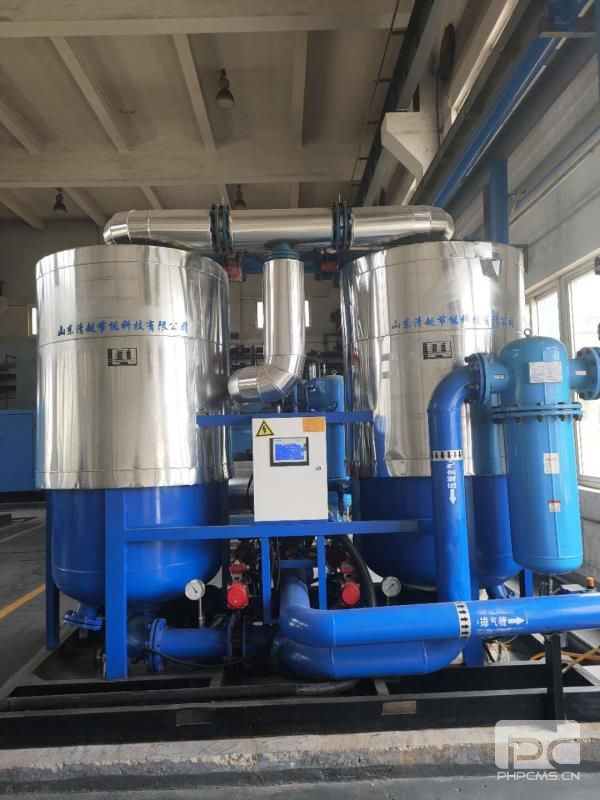

熱量從高溫熱源以各種方式傳遞給濕物料,使物料表面濕分汽化并逸散到外部空間,從而在物料表面和內(nèi)部出現(xiàn)濕含量的差別。內(nèi)部濕分向表面擴散并汽化,使物料濕含量不斷降低,逐步完成物料整體的干燥。
Heat is transferred from the high-temperature heat source to the wet material in various ways, so that the moisture on the material surface vaporizes and escapes to the external space, resulting in the difference of moisture content on the material surface and inside. The internal moisture content diffuses to the surface and vaporizes, so as to continuously reduce the moisture content of the material and gradually complete the overall drying of the material.
物料的干燥速率取決于表面汽化速率和內(nèi)部濕分的擴散速率。通常干燥前期的干燥速率受表面汽化速率控制;而后,只要干燥的外部條件不變,物料的干燥速率和表面溫度即保持穩(wěn)定,這個階段稱為恒速干燥階段;當物料濕含量降低到某一程度,內(nèi)部濕分向表面的擴散速率降低,并小于表面汽化速率時,干燥速率即主要由內(nèi)部擴散速率決定,并隨濕含量的降低而不斷降低,這個階段稱為降速干燥階段。
The drying rate of materials depends on the surface vaporization rate and the diffusion rate of internal moisture. Generally, the drying rate in the early stage of drying is controlled by the surface evaporation rate; Then, as long as the external drying conditions remain unchanged, the drying rate and surface temperature of the material remain stable. This stage is called constant speed drying stage; When the moisture content of the material decreases to a certain extent, the diffusion rate of the internal moisture to the surface decreases and is less than the surface vaporization rate, the drying rate is mainly determined by the internal diffusion rate and decreases continuously with the decrease of the moisture content. This stage is called the speed reduction drying stage.
此外,技術(shù)進步還將扭轉(zhuǎn)國內(nèi)干燥設(shè)備的出口局面。干燥設(shè)備尚未形成出口規(guī)模,出口量還不及總量的5%,且主要銷往東南亞。但據(jù)預(yù)測,隨著技術(shù)發(fā)展,未來幾年內(nèi)出口干燥設(shè)備占總產(chǎn)量的比例將由5%提升10%,外銷市場也將由東南亞拓展到歐美。國內(nèi)大型干燥設(shè)備制造與水平存在較大差距的局面由此可望改善。
In addition, technological progress will also reverse the export situation of domestic drying equipment. Drying equipment has not yet formed an export scale, and the export volume is less than 5% of the total, and it is mainly sold to Southeast Asia. However, it is predicted that with the development of technology, the proportion of exported drying equipment in the total output will increase from 5% to 10% in the next few years, and the export market will also expand from Southeast Asia to Europe and the United States. There is a big gap between the manufacturing and level of large-scale drying equipment in China, which is expected to be improved.
上一篇:如何能制氮機純度下降的問題
下一篇:真空帶式干燥機的傳送帶是如何工作的?
相關(guān)新聞
相關(guān)產(chǎn)品



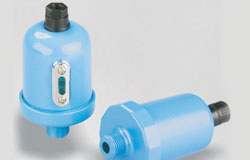
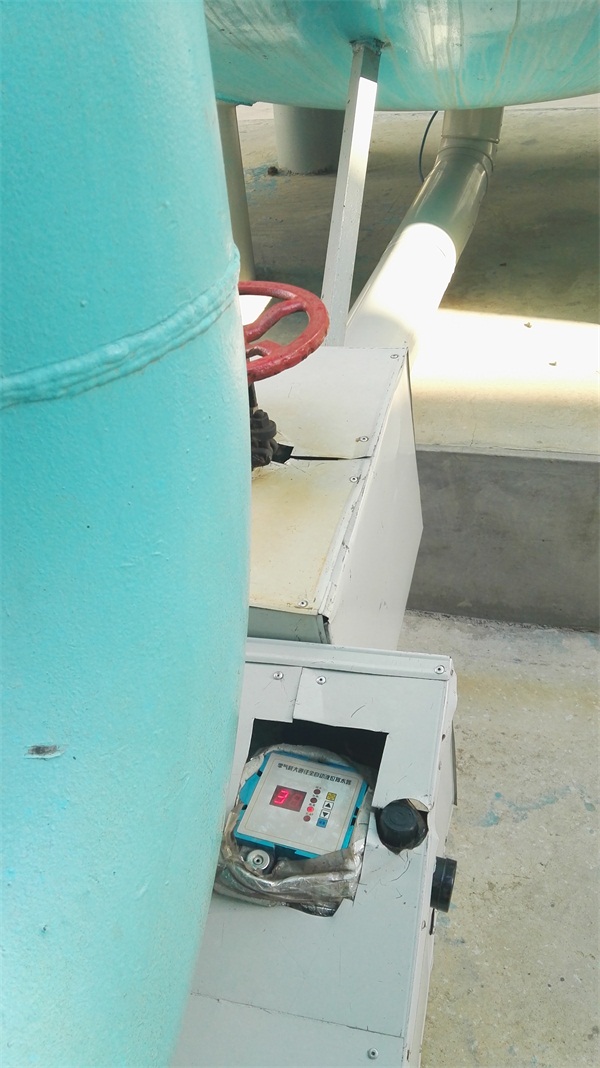
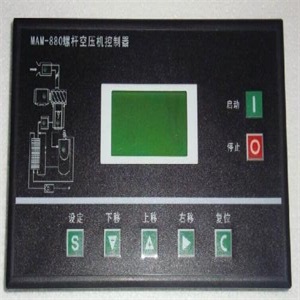
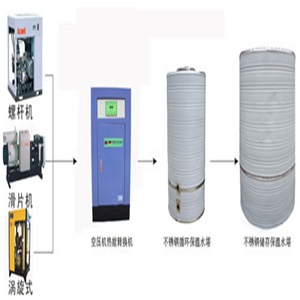
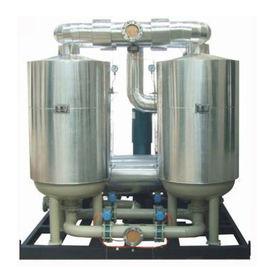
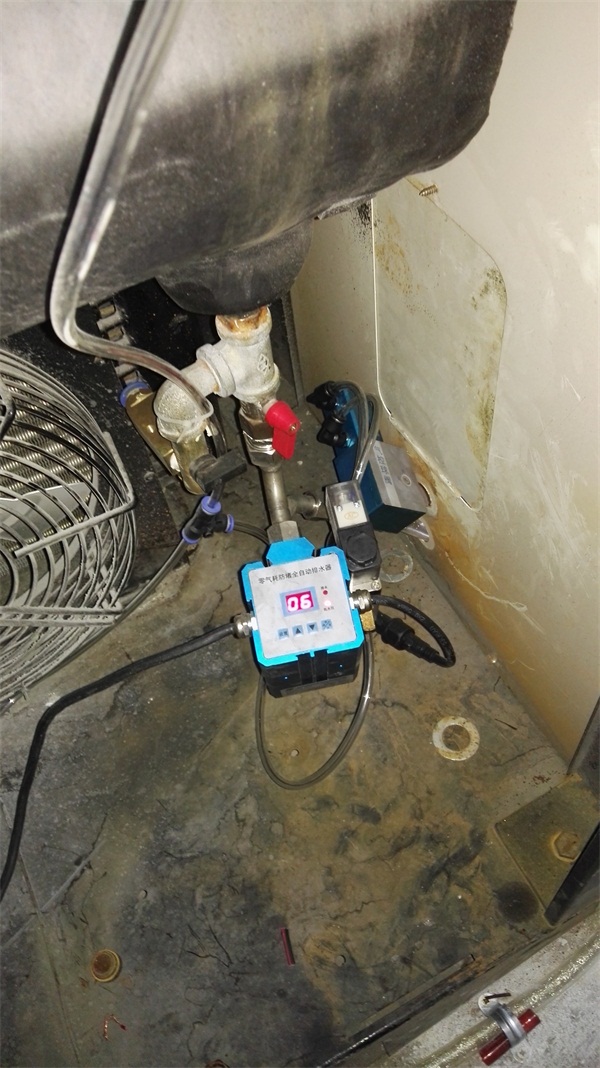
 魯公網(wǎng)安備 37010402001146號
魯公網(wǎng)安備 37010402001146號